How to choose air fresheners and odor neutralizers?

The way consumers perceive a brand is influenced by the sum of important details. One of them is scent. Its impact occurs at a subconscious level, prompting special attention to the hygienic conditions in public places. This is a challenge primarily for individuals and organizations responsible for maintaining order in these spaces. The first step towards making informed decisions to maintain hygiene and freshness in public places is to increase awareness of their proper equipment. This also includes the selection of appropriate air fresheners and neutralizers.
Air Fresheners: A Compendium of Knowledge
Air fresheners are everyday products used on a large scale. They are particularly useful in public places such as schools, shopping centers, hotels, and various business premises. Consistently maintaining cleanliness in these spaces is a priority, as their condition speaks volumes about the owner. A well-chosen air freshener complements a hygienic environment. A natural, pleasant scent in a room is associated with cleanliness.

Air fresheners contain additives such as alcohol, mineral oils, or insect repellents. These substances help maintain sterile conditions in public places. Despite the opinion that these products contain harmful volatile organic compounds, it should be emphasized that this is not their basic ingredient. More and more air fresheners free of these substances are appearing on the market. Manufacturers and distributors of toilet equipment consistently emphasize pro-ecological actions. As reported by M. R Sneller in the book "Greener Cleaner Indoor Air," more and more air fresheners contain natural essential oils, including floral, herbal, or fruit, which are completely safe and even beneficial to human health. This is evidenced by their use for therapeutic purposes (aromatherapy).
A wide range of air fresheners offers a choice not only in preferred scent but also in form. Available on the market are:
- Spray air fresheners, which are universal in character as they can be used in almost any room. They are convenient to use as they spread easily. Their advantage is also the attractive price, which usually does not exceed several zlotys. In the winter season, cinnamon-scented fresheners are effective, and citrus-scented products are popular in the summer,
- Gel air fresheners, which are distinguished by their efficiency and safety, especially compared to candles or scented wicks, which burn out quickly and require special caution during use. The advantages of gel fresheners are also highlighted in professional literature, such as in "Gels Handbook – the Fundamentals" by K. Osada et al. The authors point out the convenience of using gel fresheners, which offer an optimal, intermediate solution between liquid and solid fresheners. The former, though effective, often come in glass packaging that can easily break. Good examples are standing fresheners for home use, where the scent is released from the liquid in the bottle. On the other hand, solid fresheners are prone to drying out, losing their desirable properties quickly,
- Electric air fresheners, recommended especially in public places. Battery-operated dispensers are equipped with a customizable programming system that allows setting the start and end times of the dispenser's operation. They can be turned off on certain days (e.g., weekends) and are equipped with low battery and empty cartridge indicators. Electronic dispensers are refilled with replaceable scent cartridges based on a unique glycol formula, ensuring high effectiveness. The cartridges come in cans and are very efficient, typically lasting for about 3000 sprays. Spray air fresheners are available in many scent versions, allowing the appropriate scent to be chosen for virtually any facility. This solution is a key element of thoughtful actions in the field of scent marketing. Electronic air fresheners are especially effective in medical clinics and other healthcare facilities, as well as sports facilities, hotels, and shops, which increasingly use air fresheners to give the space a specific character. They are also commonly found in public restrooms.
- Fragrance refills, which come in the form of a pleasant-smelling liquid. These substances are contained in cans and should be poured into special dispensers. It is recommended that the liquid fragrance refill and the dispenser are of the same brand, e.g., Katrin. The natural scent of the refills is due to the essential oils in their composition. K. Logan mentions this in a book addressing ecology both on a micro and macro scale, titled "Clean House, Clean Planet",
- Replaceable scent inserts and hangers, which can be hung independently or placed in special dispensers for inserts. Some of them change color when they need to be replaced,
- Other options such as scented candles, fragrant sachets, spray fragrance oils, or so-called air freshening pearls. The use of these products is limited, as fragrance oils are suitable for spas but not for doctor's offices or every office. Scented candles are also not suitable for public facilities due to the fire risk and low efficiency. When using candles, rooms should also be regularly ventilated.
Are air fresheners harmful to health?
In the past, air fresheners were more harmful, because they contained substances that weakened the sense of smell. Mendelson reports in "Home Comforts" that contemporary products are formulated in such a way that they do not cause such side effects. Natural air fresheners containing plant extracts help purify the air. Air fresheners based on palm tree extracts, lily, or gardenia flowers eliminate harmful chemicals (e.g., formaldehyde) from the air. More examples of this kind can be found in "Natural Air Fresheners" by G. Ashburner.
Electronic air fresheners perform much better in studies than incense air fresheners. Professional literature (M. Arezes, Occupational Safety and Hygiene IV) states that the latter contain harmful formaldehyde and carbon monoxide.
Researchers at the University of California concluded in their analyses that air fresheners are only harmful if used improperly, i.e., in poorly ventilated, enclosed spaces.
Odor Neutralizers – What You Should Know
The action of air neutralizers is not just about masking unpleasant odors, but also about eliminating them. The ingredients of neutralizers chemically react with volatile substances responsible for unpleasant odors. Using these products guarantees round-the-clock freshness, lasting up to 90 days.
Among odor neutralizers, there are both odorless and those with a universal, mild scent.
The range of neutralizers includes the following products:
- Liquid spray neutralizers, which spread quickly. They are suitable for waiting rooms, kindergartens, or doctor's offices,
- Spray neutralizers, alcohol-free, do not leave stains and are convenient to use. Both manually dosed and automatically released neutralizers are available. They are particularly useful in medical and dental offices to eliminate stressful odors, as well as in sports facilities and locker rooms,
- Odorless air neutralizers in aerosol form, recommended for use in places particularly prone to the spread of unpleasant odors, such as public toilets, training halls, gyms, and fitness clubs.
- Other options, such as paste neutralizers or automatic neutralizers, which, however, have limited application. Paste products are suitable only for workshops and may leave streaks.
Choosing the Right Air Fresheners and Neutralizers
In summary, air fresheners and neutralizers contribute to creating a positive brand image. A pleasant scent is associated with cleanliness. In public spaces, spray, gel, liquid air fresheners with a dispenser, as well as compact dispensers with fragrance refills, work best. In demanding places, electronic fresheners are recommended. Among neutralizers, spray and liquid spray neutralizers are the most effective. More and more air fresheners contain natural essential oils, while harmful substances are being phased out. The side effects of using air fresheners result from improper use, such as in enclosed or poorly ventilated spaces.
Bibliography:
- M. R Sneller, 2010, Greener Cleaner Indoor Air – A Guide to Healthier Living, Published by Wheatmark,
- Y. Osada, K. Kajiwara, 2001, Gels Handbook – the Fundamentals, Academic Press,
- K. Logan, 1997, Clean House, Clean Planet”, Pocket Books,
- Ch. Mendelson, 2005, Home Comforts – The Art and Science of Keeping House, Scribner,
- G. Ashburner, 2013, Natural Air Fresheners, Published by Gene Ashburner at Google,
- P.M Arezes, 2016, Occupational Safety and Hygiene IV, CRC Press LLC,
All rights reserved. No part of this publication (text, graphics, images, photos, files, and other data) presented on the OLE.PL online store may be reproduced or distributed in any form or by any means without prior permission. All trademarks, graphic marks, proprietary names, and other data are protected by copyright and belong to their owners.
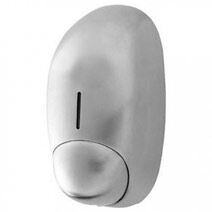

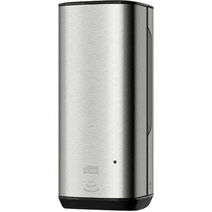
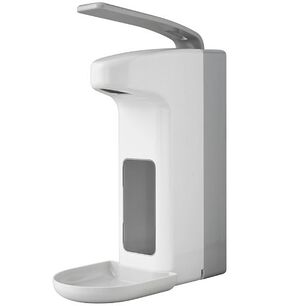

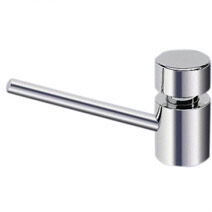
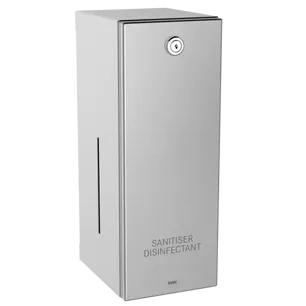

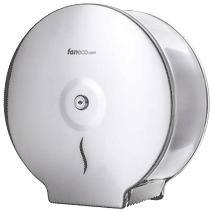

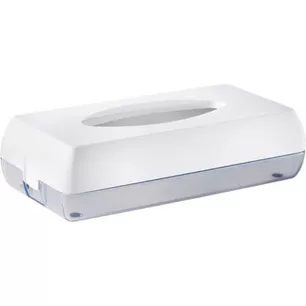
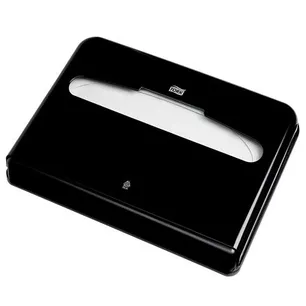
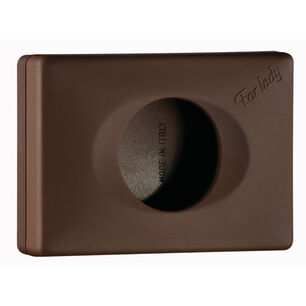
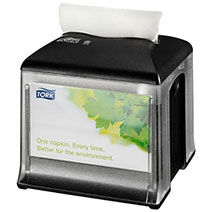

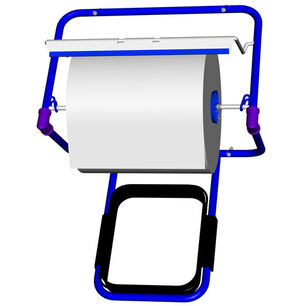
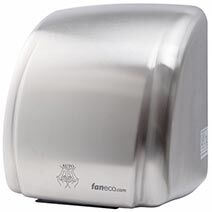
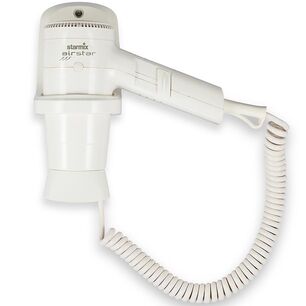
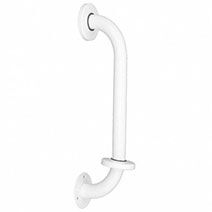
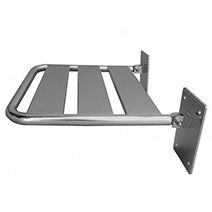
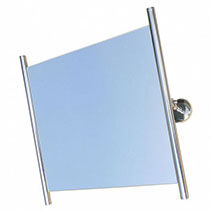
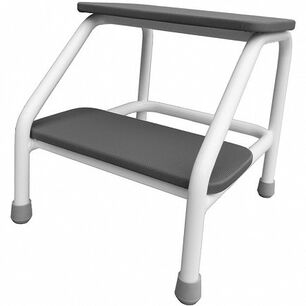
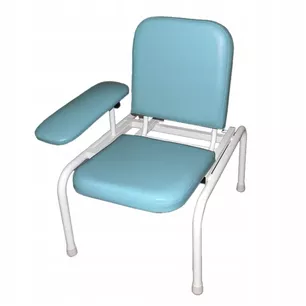




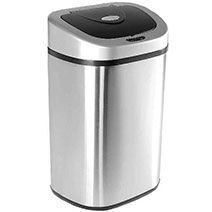
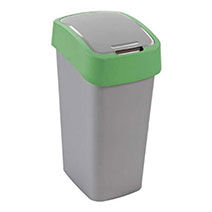
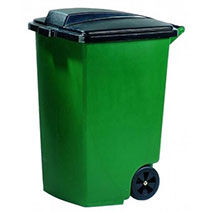


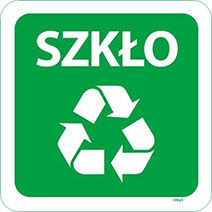

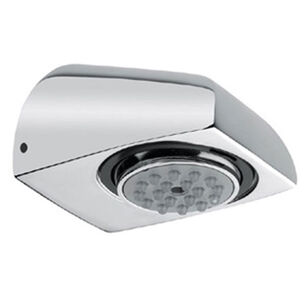
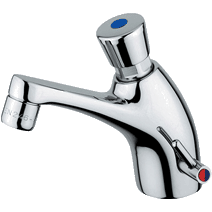
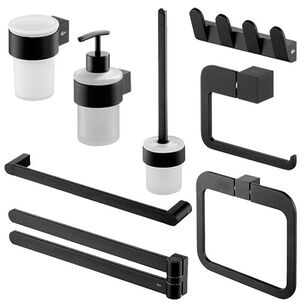
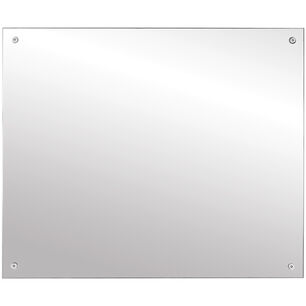
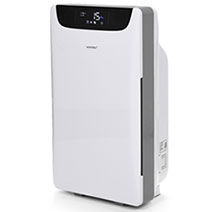
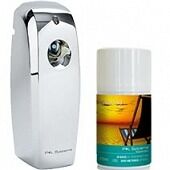

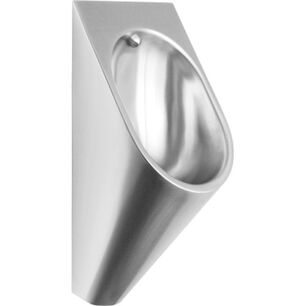
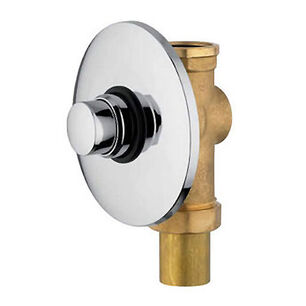
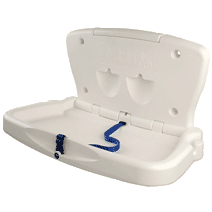
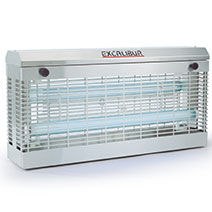

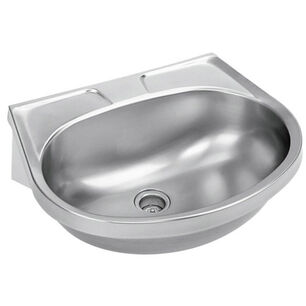
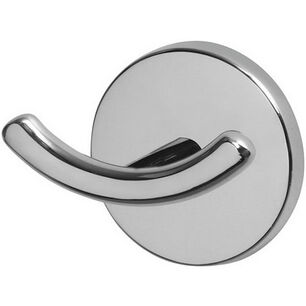
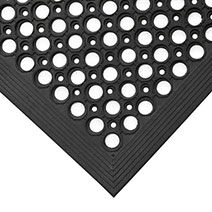
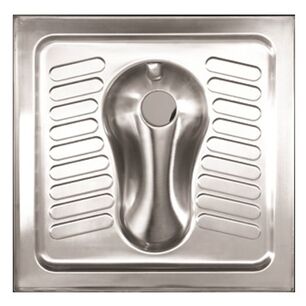
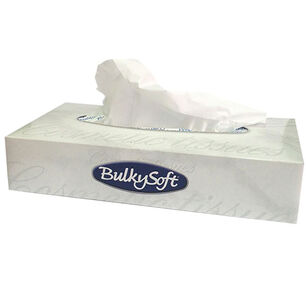
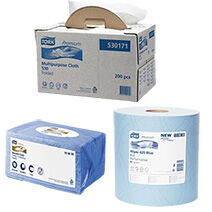



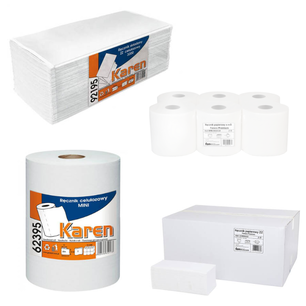
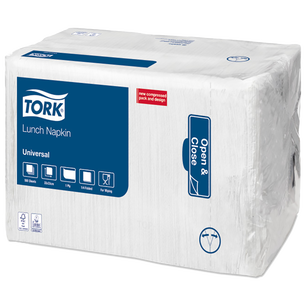
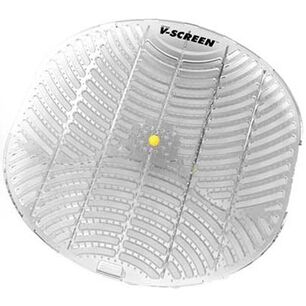
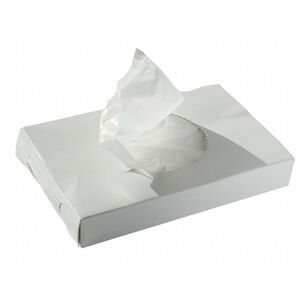
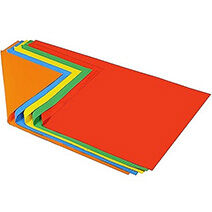
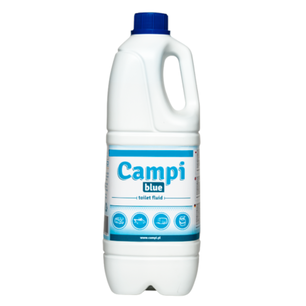
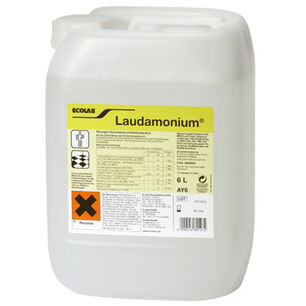
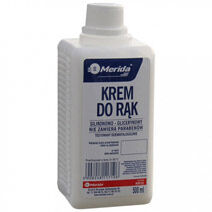
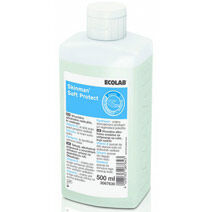
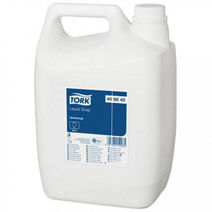
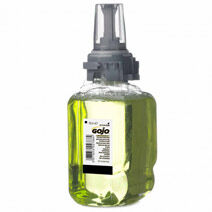

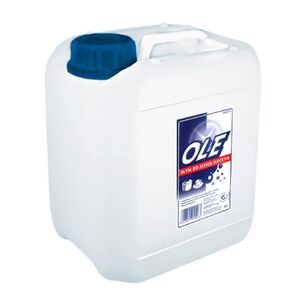

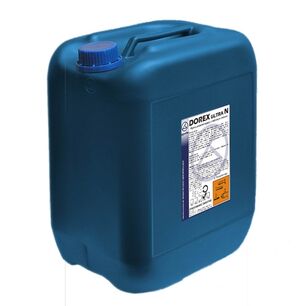
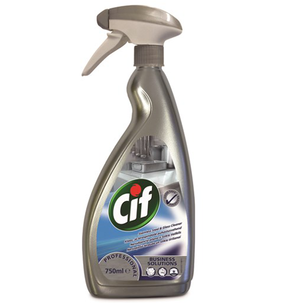
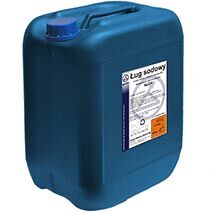

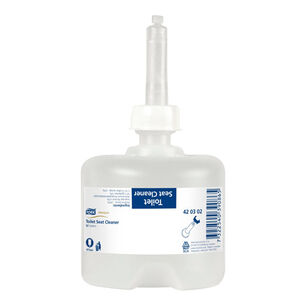
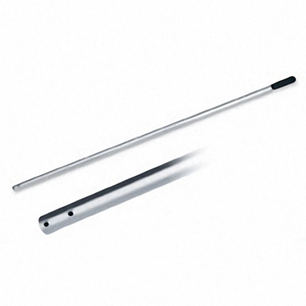
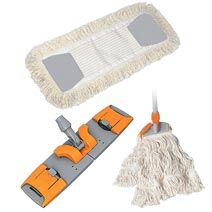

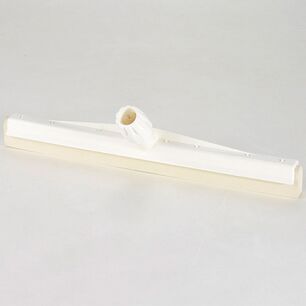

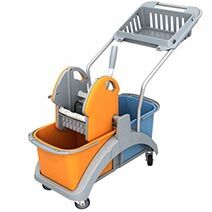


 Polski
Polski
 Czech
Czech
 German
German
 Spanish
Spanish
 Slovak
Slovak